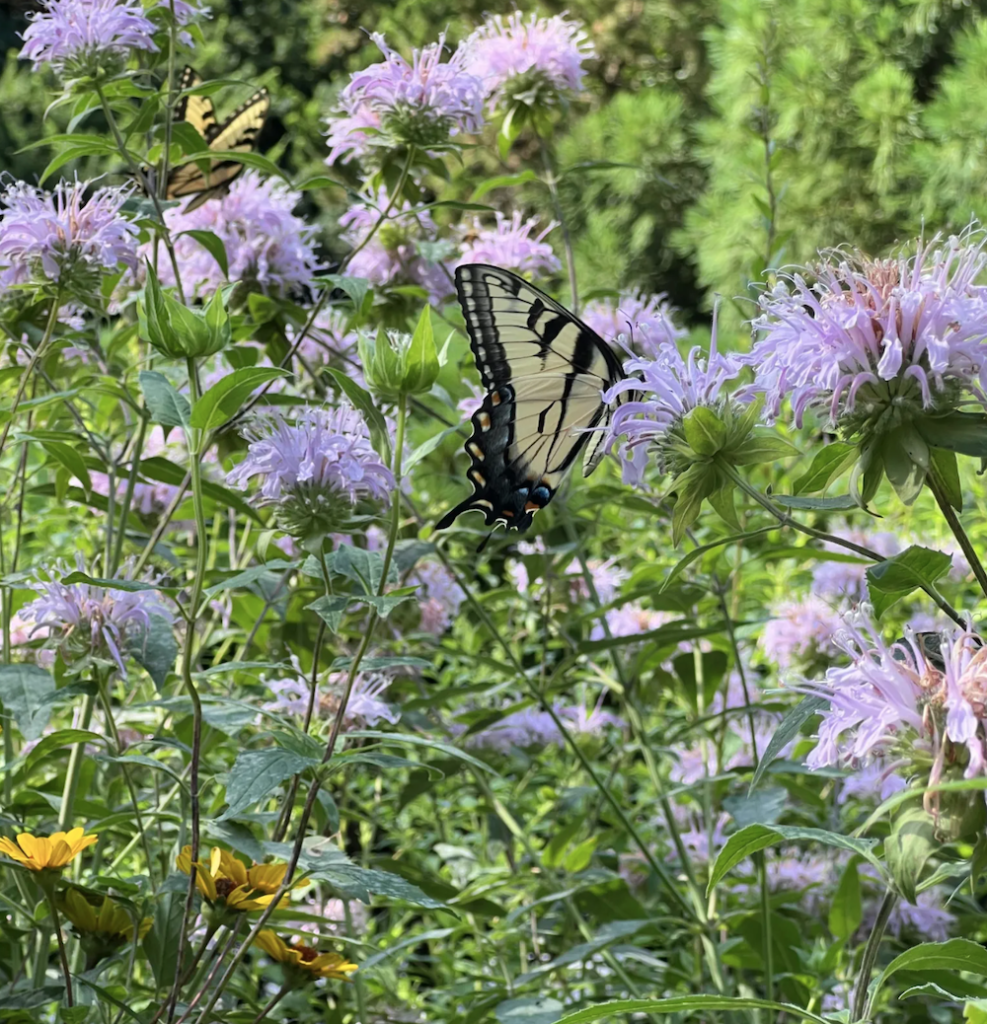How to Create a Beautiful, Drought-Friendly, and Eco-Friendly Garden
By Cathy Ludden
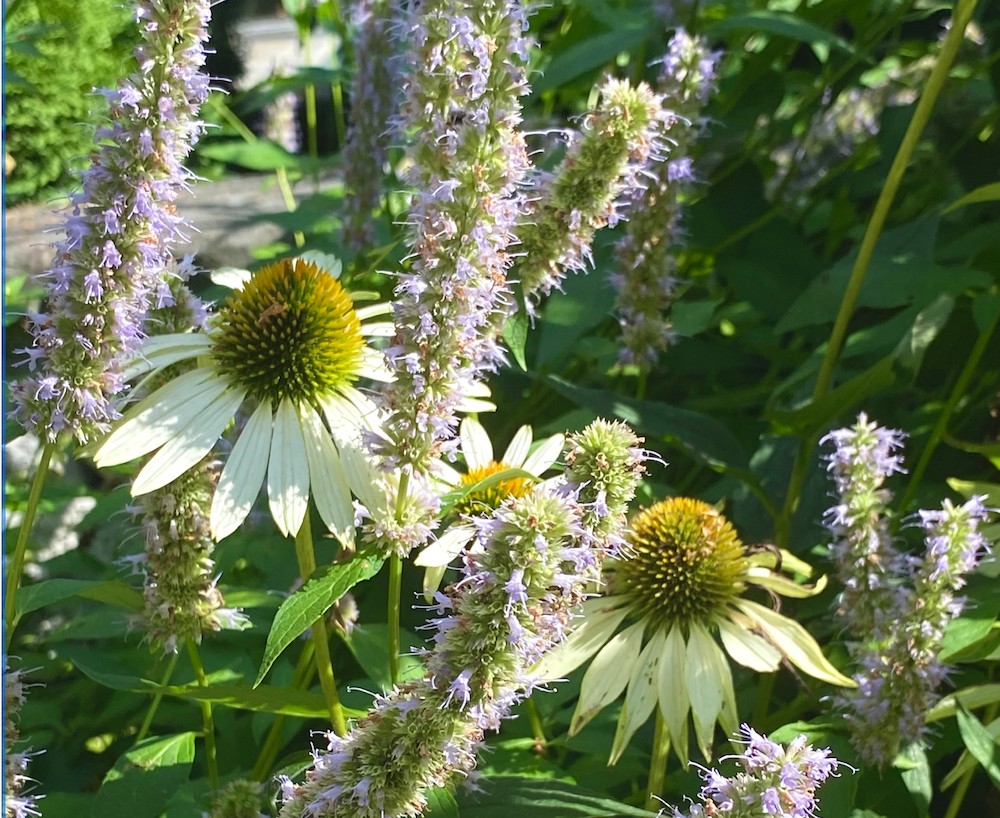
What makes a plant, or a whole landscape, “drought tolerant”? Why do some plants need water regularly while others are fine without it for weeks or longer? Drought tolerance depends primarily on two factors:
The first is where a plant evolved. Adaptation to particular environments happened over millennia, and most plants will thrive only in conditions very similar to those where they evolved. That is why, when considering a plant for our gardens, we always want to know whether it is native to our region. Plants that evolved in tropical rainforests will never be drought tolerant. On the other hand, plants that evolved in America’s open meadows are well-adapted to life under baking sun with occasional torrential thunderstorms. Those plants can withstand weeks of heat and drought still looking great, and then stand up to the floods that so often follow.
The second big factor in drought tolerance is root depth. Plants that evolved in wet climates usually have shallow roots. Plants that evolved in hard-packed prairie have strong, deep roots that force their way down through poor soil to reach and hold any available water. They can withstand long periods of drought. They also can absorb flood water because their roots break up the soil, allowing water to penetrate rather than run off.
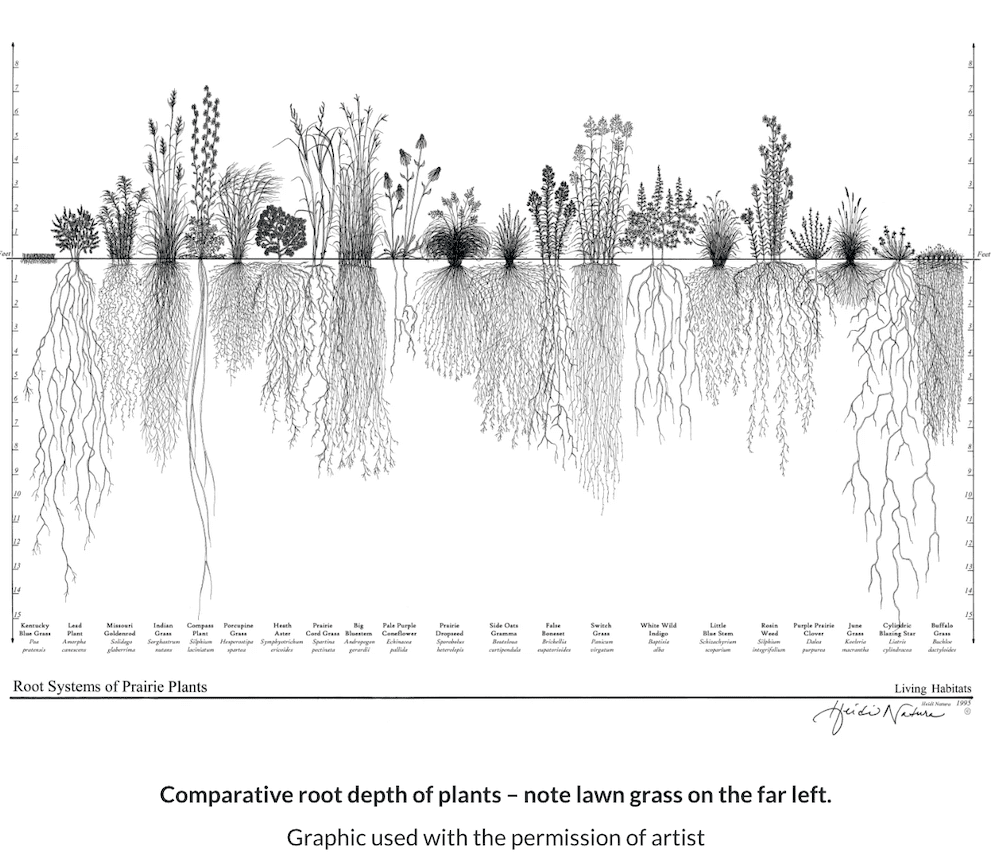
As the chart above indicates, many plants that evolved in America’s prairies like Goldenrod, Coneflower, Prairie Dropseed, Switch Grass, and Wild Indigo have very deep roots, reaching down 4 to 8 feet! As a result, they make great garden plants because they are both beautiful and very drought tolerant.
In contrast, lawn grass is not at all drought tolerant. Despite its name, Kentucky Bluegrass is not from Kentucky. It is native to mild climates in Europe and Asia. Lawn grown from typical seed mixes has very shallow roots, about 2 inches deep. Shallow roots do not retain water, so lawn needs frequent irrigation, and in heavy rain, excess water runs off rather than being absorbed and held in the soil.
Because lawn requires so much water and retains so little, lawn irrigation is usually the first target of water regulation. In the US, lawn watering (not agriculture!) uses an average of 8 billion gallons of water daily – that’s 32 gallons for every man, woman, and child in our country, every day! (Tallamy, Nature’s Best Hope) Clearly, our love for lawns is not sustainable.
We can reduce our demand for water by replacing at least some of our lawn area with native trees and drought-tolerant shrubs.
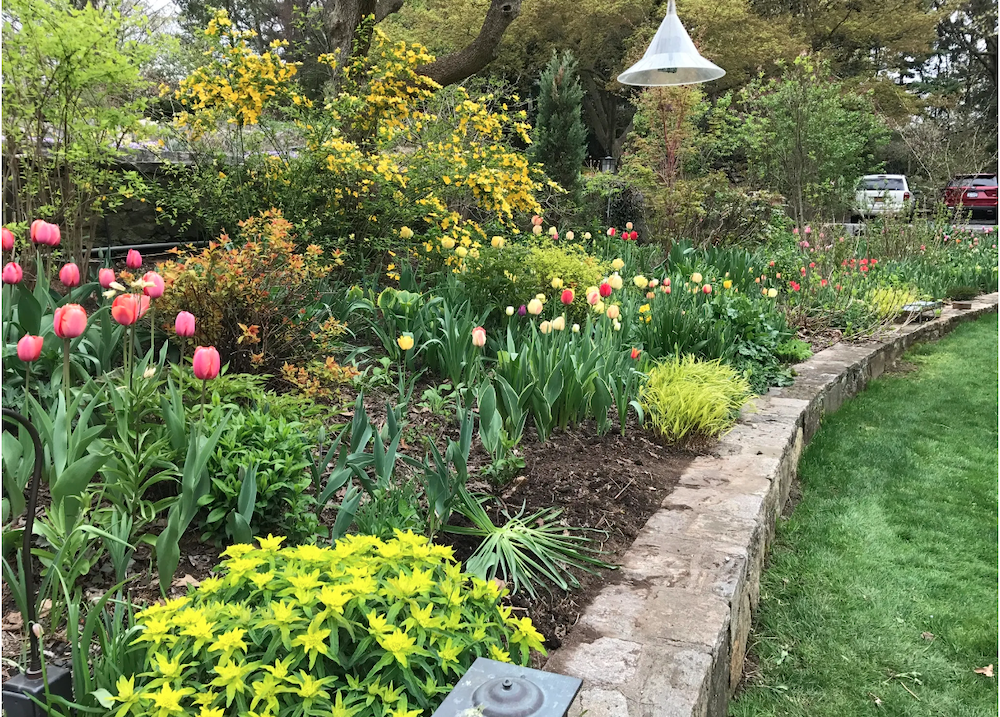
By planting drought-tolerant native perennials, we can replace even small areas of lawns with color and flowers for pollinators.
Here is a list from the Greenburgh Nature Center of some flowers and grasses to consider when planting this fall your own pollinator garden.
Among the popular flowers are coreopsis (Tickseed) and Asclepius tuberosa (butterfly milkweed).
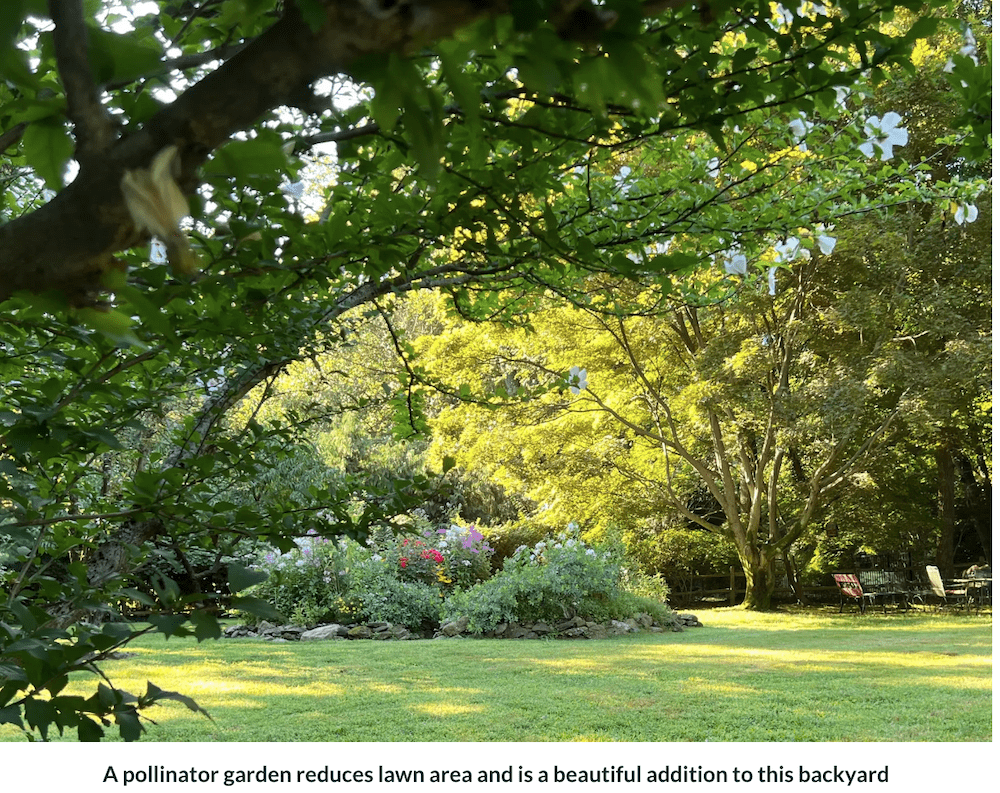
Modern American landscapes need to be resilient as well as beautiful. As we rethink landscape fashion, we recognize that there is as much beauty in a vibrant drought-resistant garden as there is in a bare expanse of thirsty lawn. And yes, it is also helpful for the environment and you will be participating in being a good citizen for the greater good.
